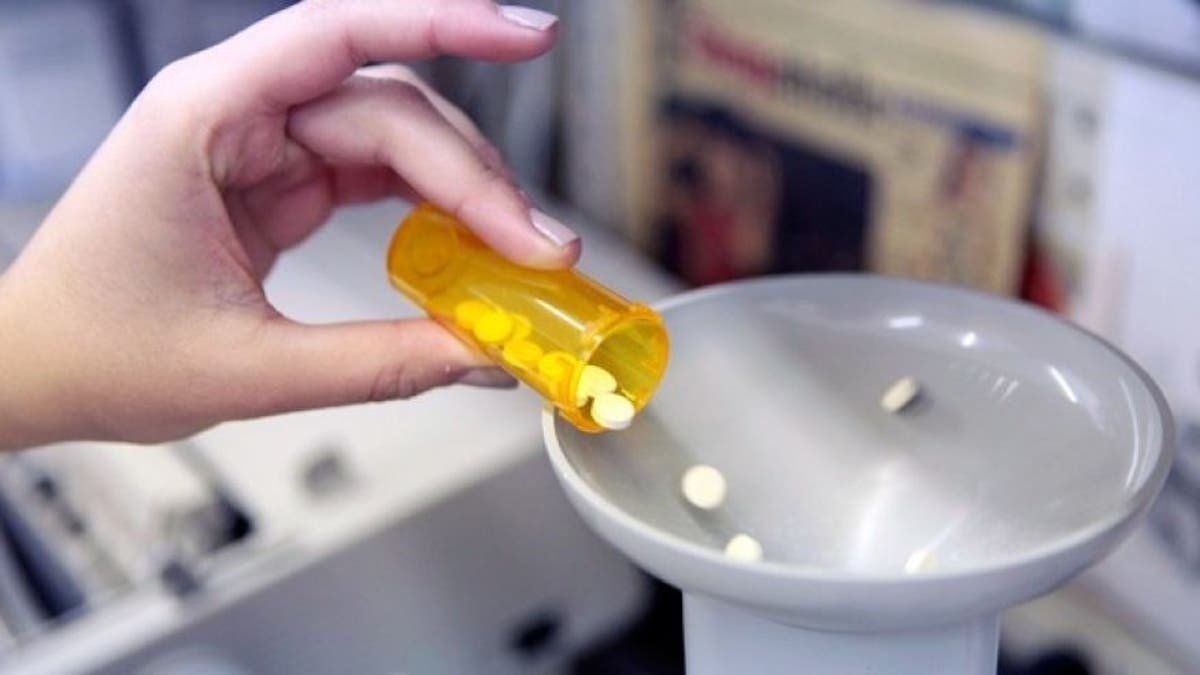
Soaring drug prices made headlines in 2015, whether it was a new treatment for hepatitis C that costs up to $100,000, or by enormous increases exemplified by Martin Shkreli's Turing Pharmaceuticals, which raised the price of the toxoplasmosis drug Daraprim by more than 55 times overnight.
And the trend shows no signs of stopping in 2016.
Because of the increases, more patients ask for cheaper alternatives or seek unproven alternative remedies, according to the Centers for Disease Control and Prevention. More alarmingly, about 8 percent stop taking their drugs as prescribed, lowering their dosage without consulting their doctor.
READ MORE: Everything to Know About Online Pharmacies
But when people who need medications don’t take them, they tend to get sicker, need more health services, and face higher medical costs as a result. Consumers and politicians have responded to the rising drug costs with outrage. The U.S. Senate’s Special Committee on Aging is currently discussing possible policy changes.
With interest groups including insurance companies, drug makers and patients all ready to defend their positions, a solution won’t be as simple as cutting prices. However complicated the overlapping interests, some observers say the problem has become so acute that significant change may be on the horizon.
“Predicting the future is always difficult, but it seems we may be at a tipping point with respect to drug pricing,” says Mitchell Stein, policy and communications director for the independent Institute for Clinical and Economic Review. Here’s what’s likely to drive the debate about drug prices in 2016.
READ MORE: The Top-Grossing Drugs in America
Expensive drugs will become even pricier
Health insurers generally refer to very expensive medications as “specialty drugs,” no matter what condition they treat. These drugs already have the highest out-of-pocket costs for consumers and are likely to cost even more next year, according to research by HealthPocket.com, a website that can compare Affordable Care Act plans for consumers.
Not only will the base prices of drugs likely increase next year, but in three out of four of ACA plans offered for 2016, the portion of the cost paid by the enrollee will also rise, says Kev Coleman, head of research and data at HealthPocket. In other words, most consumers of specialty drugs will pay a higher percentage of a higher price next year for the same drugs they’re taking now.
People who take specialty drugs tend to have very serious medical conditions, and if they don’t take their drugs because of cost, their overall medical costs will only increase.
“This is a vulnerable portion of society, faced with extreme financial burdens,” says Coleman, who predicts that increasing public outcry about drug pricing may force a change. “My guess is that things will have to get worse before they get better.”
READ MORE: The Most Commonly Prescribed Drugs in America
Policy changes are likely to affect health insurers, too
Consumers of expensive drugs have been aware of the pricing problem for a while, but media coverage in 2015 drew the attention of politicians on both sides of the aisle. While there is agreement that the situation should change, balancing the competing interests of health insurers, drug manufacturers and consumers is likely to be hard.
Policymakers should look at two distinct issues, says Stein of ICER. One is the consumer portion, or out-of-pocket costs, and the second is the price health insurance pays.
READ MORE: How to Pay Less for Your Prescriptions
“They need to be examined both separately and together, because an initiative to lower one may have an adverse impact on the other,” Stein says.
If there’s a limit on out-of-pocket spending on drugs, insurers will pay more and charge higher insurance premiums as a result. Or insurers could refuse to cover pricey drugs on their own, leaving many patients with few options and high costs.
“That is a long way of saying the best thing for consumers is a lowering of the price charged by manufacturers, as long as this is not done in an irresponsible way that impacts the pipeline for future innovation,” Stein says.
Expect further emphasis on quality
Drug manufacturers and their supporters argue that cutting the costs of all drugs risks investment in new ones, which is funded by robust revenue from successful medications. Bringing a new drug to market can take hundreds of millions of dollars, and many drugs don’t recoup what it cost to develop them.
One solution, according to Dr. Darius Lakdawalla, of the schools of pharmacy and public policy at the University of Southern California, is a system of value-based pricing. The idea is that drugs that work better should be allowed to have higher prices, while drugs that don’t work as well should be cheaper. “It’s a very simple concept that exists in every other sector of the economy besides health care,” Lakdawalla says.
